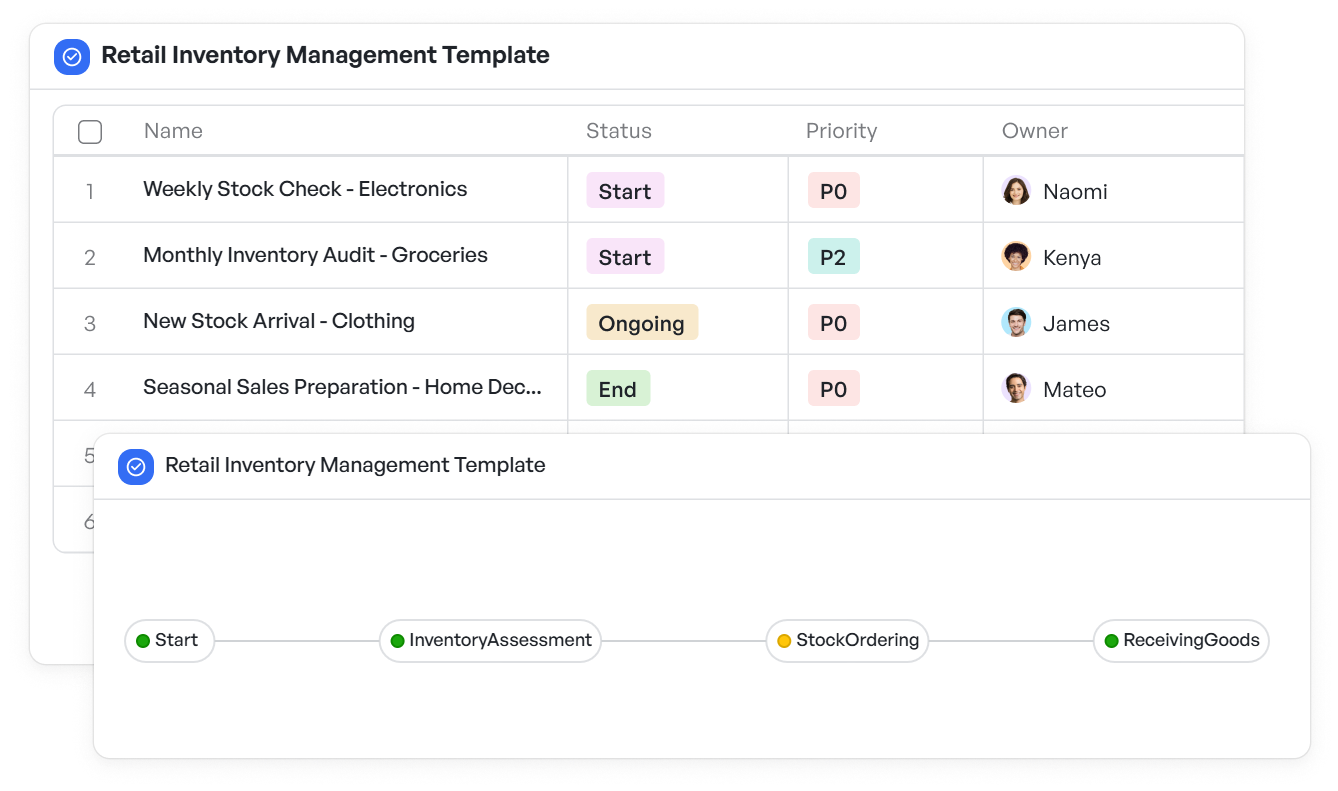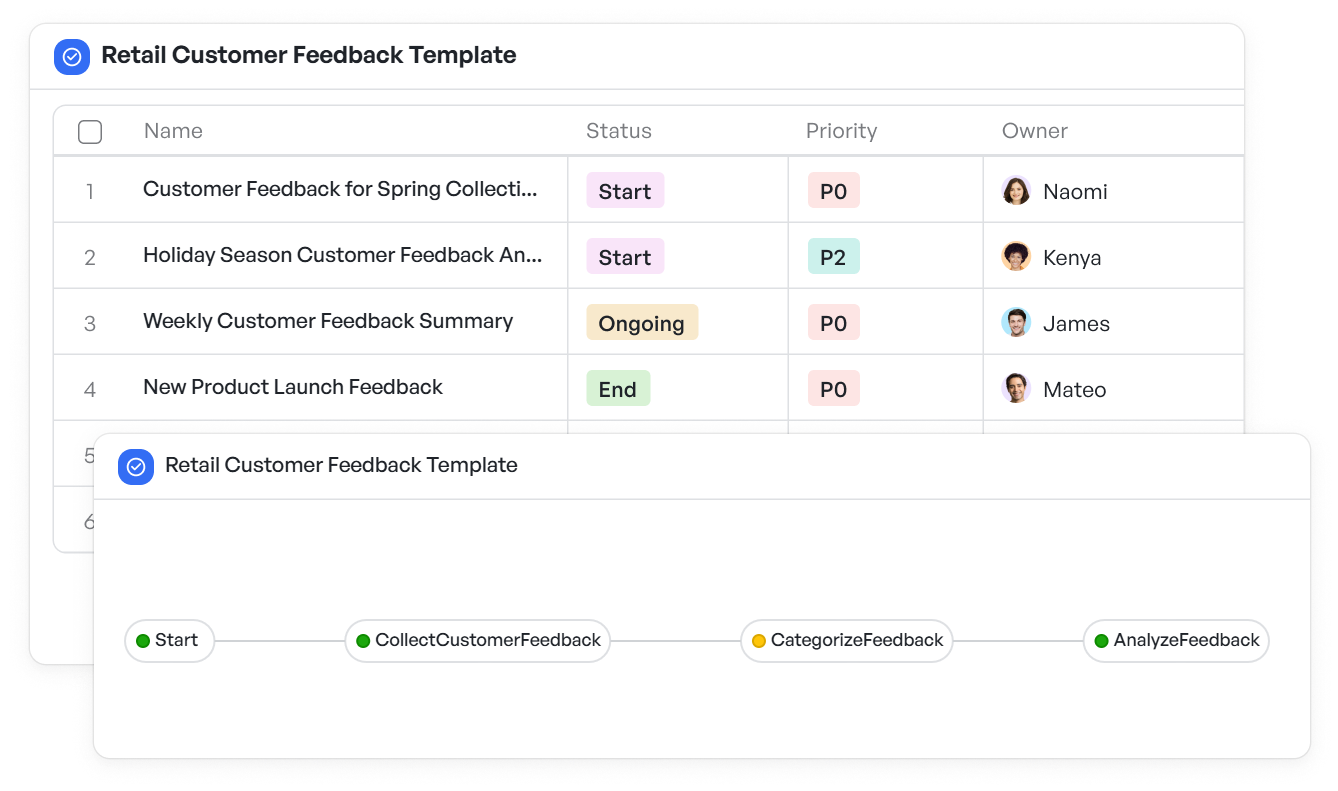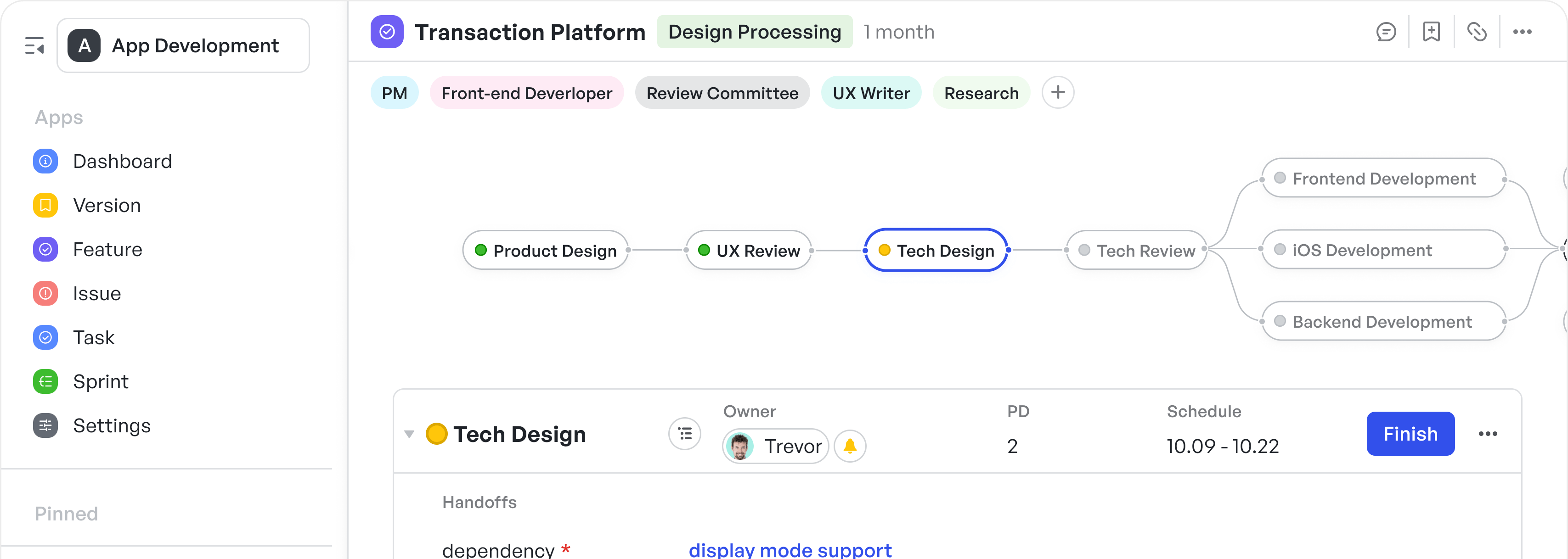How to Implement Test-Driven Development in Retail: Streamlining Complex Operations for Better Results

In an industry like retail, where efficiency, speed, and precision are critical to success, adopting a structured and methodical approach to software development is essential.
Test-driven development (TDD) has emerged as one of the most effective techniques for ensuring high-quality code, efficient processes, and quicker delivery cycles. This practice is particularly beneficial in the retail sector, where rapid response to market changes, customer demands, and operational challenges is paramount.
Let’s explore how test-driven development can revolutionize retail operations by improving software development practices, leading to faster and more reliable systems.
What is Test-Driven Development in Retail?
Test-driven development is a software development methodology that emphasizes writing tests before writing the actual code. In test-driven development, the development process follows a short, iterative cycle:
- Write a test: A test is written based on a specific function or feature to be developed.
- Write the code: The code is then written to pass the test.
- Refactor the code: Once the test passes, the code is optimized and cleaned for efficiency and readability.
You may be interested in: 👉Extreme Programming Vs Test-Driven Development
Why Test-Driven Development in Retail is Essential
Retailers are often dealing with a wide variety of complex systems—inventory management, order processing, customer relationship management (CRM), and much more. The complexity of these systems demands high standards of software quality. Test-driven development offers several benefits that align with the needs of retail software:
1. Ensures Code Quality
Test-driven development leads to cleaner, more reliable code that is thoroughly tested from the outset. This is especially important in retail, where any software failure can directly impact sales, customer experience, and operational efficiency.
2. Improved Collaboration
Retail teams often involve cross-functional teams, including software developers, business analysts, and project managers. Test-driven development promotes a clear understanding of the project’s goals and ensures everyone is on the same page.
Each test written highlights a distinct requirement, helping team members focus on critical features while minimizing the risk of misunderstandings.
3. Rapid Development Cycles
Retail businesses must respond promptly to shifts in customer preferences, seasonal fluctuations, and emerging technological advancements.
With test-driven development, iterative testing and coding cycles help expedite development, allowing for faster product rollouts without compromising quality.
4. Reduced Long-Term Costs
Catching bugs early in the development process prevents the need for costly and time-consuming bug fixes later. This debugging is especially valuable in retail, where delays in implementing new features or fixing issues can lead to revenue loss or customer dissatisfaction.
4 Key Benefits of Test-Driven Development in Retail Software
Discover how test-driven development enhances key aspects of retail software, from accuracy and speed to customer experience and maintenance.
1. Accuracy in Business Processes
Retail operations are data-driven, requiring precise and accurate systems for inventory management, sales tracking, and customer engagement. By implementing test-driven development, businesses can ensure that the software behind these processes is both accurate and robust.
For example, a retail management system can utilize test-driven development to validate the accuracy of inventory updates and real-time sales data, thereby preventing discrepancies that can lead to stockouts or overstocking.
You may be interested in: 👉Out of stock management to prevent stockouts
2. Faster Time to Market
Test-driven development accelerates the development process by catching errors early and reducing the need for extensive post-release debugging. For retail businesses, time to market is critical, especially when launching new products or responding to market trends.
By ensuring that features and functionalities work as intended right from the start, test-driven development helps developers release products faster.
3. Easier Maintenance
Retail systems are often subject to frequent updates and changes—whether that’s adding new payment gateways, adjusting for regional compliance, or enhancing customer experience features.
The modular, test-first approach in test-driven development makes it easier to update and scale systems without disrupting existing functionality. Retailers can keep their systems current with minimal risk of introducing new issues.
4. Enhanced Customer Experience
In retail, customer satisfaction hinges on the seamless performance of online and offline touchpoints, such as e-commerce platforms, payment systems, and in-store digital systems.
By utilizing test-driven development, developers can ensure that features like checkout flows, recommendation engines, and loyalty programs perform smoothly, offering customers a hassle-free experience.
A smooth-running system leads to improved customer satisfaction, higher retention, and ultimately, increased revenue.
Test-driven development ensures that inventory systems are accurate and reliable. Using a retail inventory management template supports error-free inventory management and integrates smoothly with your development process.
 Ensure accurate inventory management aligned with test-driven development
Ensure accurate inventory management aligned with test-driven development4 Best Practices to Implement Test-Driven Development in Retail Projects
While Test-driven development offers significant benefits, its success depends on how well it is implemented. Retail businesses new to test-driven development require a structured approach to integrate this methodology into their software development processes. Here are a few best practices to follow:
1. Start Small and Scale Gradually
If you are new to test-driven development, start by applying it to a single feature or small module. Once you’ve gained confidence and experience, you can expand its application across other areas of the retail business.
2. Involve Stakeholders Early
Since test-driven development focuses on writing tests for specific features, business stakeholders must be engaged in the early stages of the process. This ensures that the tests accurately reflect business needs and align with the retail goals.
3. Invest in Training
To ensure successful implementation, it’s important to provide developers and team members with the right tools and training in test-driven development. Understanding how to write effective tests and refactor code is crucial for realizing the benefits of test-driven development in retail software development.
4. Use the Right Tools
The success of test-driven development in retail also depends on using the right tools. Automated testing frameworks like JUnit for Java or RSpec for Ruby are widely used in the industry and can be integrated into continuous integration/continuous deployment (CI/CD) pipelines.
Retail businesses should ensure that their development environment supports automated testing to maximize the benefits of test-driven development.
Gathering early customer feedback is key to refining test-driven development. A retail customer feedback template helps ensure your tests reflect customer needs, improving the final product.
 Gather insights that help refine test-driven development based on customer needs with a retail customer feedback template
Gather insights that help refine test-driven development based on customer needs with a retail customer feedback templateTop 3 Challenges of Test-Driven Development in Retail and How to Overcome Them
While test-driven development offers several advantages, it’s not without its challenges. For retail businesses, the following issues may arise:
1. Resistance to Change
Some developers may be hesitant to adopt test-driven development due to unfamiliarity or the perception that it’s time-consuming.
To overcome this, businesses should offer support, training, and guidance to ensure a smooth transition.
2. Initial Development Speed
The first few iterations of test-driven development may seem slower as developers write tests before the code. However, this will lead to faster overall development once the tests are in place.
Retail teams should be patient and recognize that this investment will pay off in the long run.
3. Complexity of Retail Systems
Retail systems often involve a complex array of integrations, from inventory management to e-commerce platforms. It can be difficult to write tests for such systems.
To overcome this, teams should break down larger problems into smaller, more manageable components, applying test-driven development to each part incrementally.
Managing demand fluctuations is a challenge in test-driven development. Using templates like retail demand management helps you manage and predict demand effectively, ensuring scalable systems.
 Retail demand management template to effectively manage demand fluctuations
Retail demand management template to effectively manage demand fluctuationsUnlock the Full Potential of Your Retail Software with Test-Driven Development
Implementing test-driven development helps your retail software development process become more predictable and efficient. This approach not only ensures high-quality, reliable systems but also aligns your development efforts with business goals, providing a solid foundation for future growth and customer satisfaction.
Support test-driven development in retail with visual tools that simplify testing, tracking, and team collaboration.
The world’s #1 visualized project management tool
Powered by the next gen visual workflow engineRead More
Check All BlogsStart creating impactful work today



